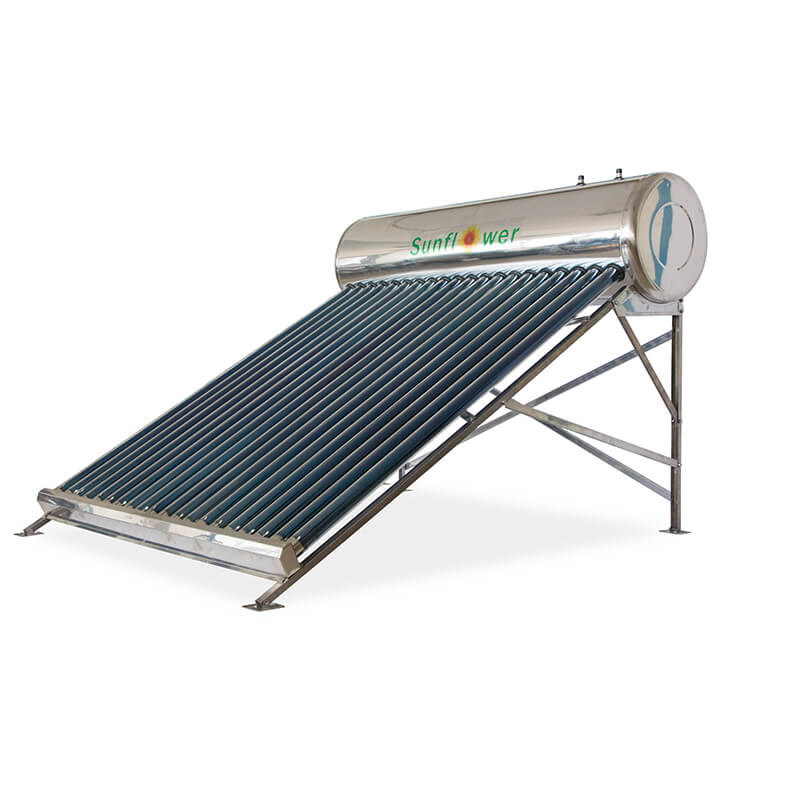Views: 7 Author: Site Editor Publish Time: 2021-04-06 Origin: Site

A solar water heater is a device that converts sunlight into heat through a collector to heat water. The heater is usually installed in a sunny place and heats the water during the day. The water is stored in an insulated water storage tank for use when needed. The advantages of solar water heaters mainly include cost saving and carbon footprint reduction. Due to the rapid consumption of non-renewable resources, more and more measures to control energy consumption are one of the main driving forces of the solar water heater market. According to data from EIA (EIA, Electronic Industries Association), solar energy has surpassed biomass fuel to become the third most common renewable energy source. This has led to increased investment in the installation of solar water heaters in countries such as India, China, the United States, Italy and other countries around the world.
The need to reduce energy costs may also promote the development of the solar water heater market. Solar energy is widely used because it is affordable for electricity costs and helps to reduce energy costs and reduce carbon dioxide emissions that affect the environment. For example, in the Panama project (Central America), US$10 million will be donated for solar water heaters through international and national funds. The Ministry of Environment, the Panama Green Building Council, the Panamanian University of Technology, the United Nations and the General Bank will contribute US$8.1 million, and the Global Environment Facility will contribute US$1.9 million. This will promote the use of solar-powered water heaters through international and national funds.
It is expected that from 2020 to 2050, the global solar water heater market will grow at a rapid rate, mainly due to the increasing demand for replacement of existing water heaters and the government's policy support to support the adoption of renewable energy technologies. According to estimates by the European Commission, from 2020 to 2050, the government needs to invest US$28.44 billion in renewable resources. This will lead to an increase in the use of solar water heaters throughout Europe.
The global solar water heater market has been segmented by type, collector type, application and region. According to the type, the market is divided into pumping type and thermosyphon type. The thermosyphon field is in a leading position in the market and has the largest market share. This is mainly due to the low price and easy installation and use of the product. Global solar water heaters are further subdivided according to the scope of application, including residential, commercial and industrial. It is expected that during the forecast period, the residential segment of the global solar water heater market will achieve the highest growth rate.
During the forecast period, the global solar water heater market is expected to grow at a compound annual growth rate of approximately 8.50%.